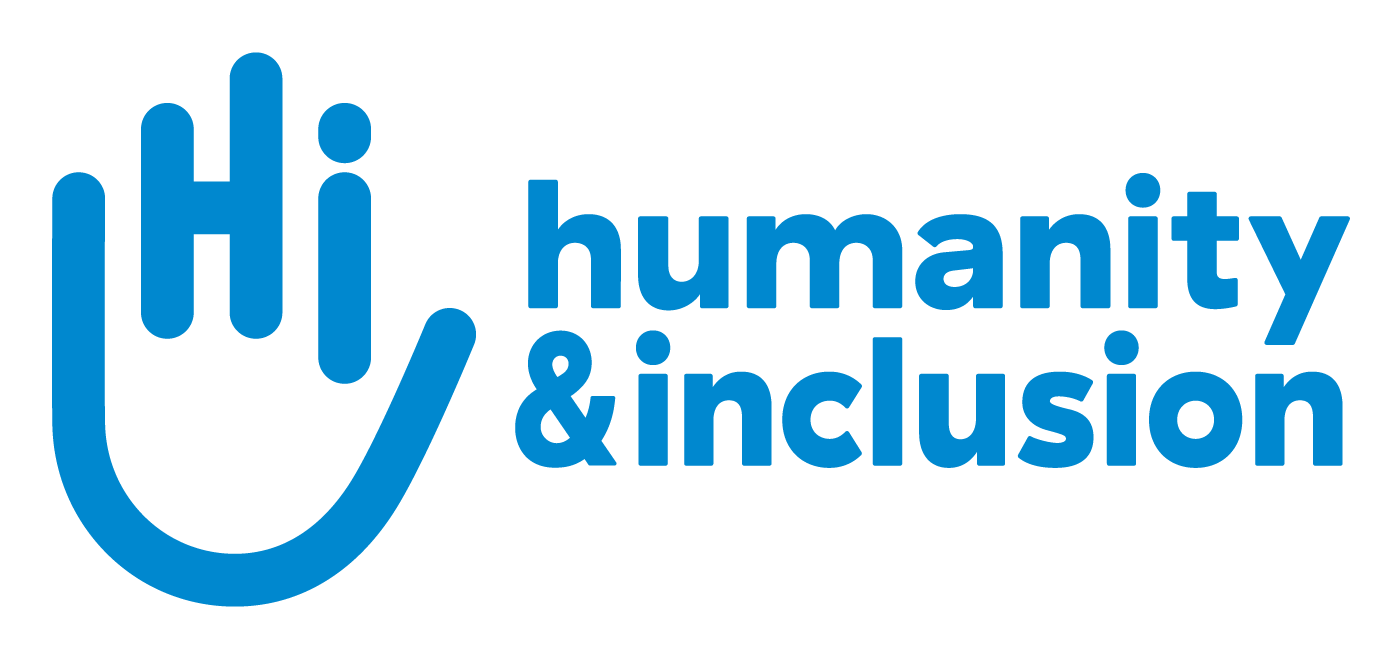Latest news
By country
By activity
- Rights (120)
- Emergency (646)
- Rehabilitation (463)
- Prevention (97)
- Inclusion (271)
- Health (190)
- Explosive weapons (337)
- Event (16)
- Covid-19 (5)
By publication date
HI supports Hayat and her sister 07/25/24
Hayat, 63 years old, was born with cerebral palsy. Her life has been harder since she was forced to flee the attacks on her village in southern Lebanon near the border with Israel.
- Lebanon
Haiti: Hope for a better tomorrow 07/25/24
The situation in Haiti is nothing short of catastrophic with a security, health and food crisis. Yet Haitians are not despairing and remain hopeful of seeing their island regain its former splendor.
- Haiti
Justine and Majambere: a prosthesis and crutches for a couple 07/22/24
More than 128,000 refugees live in Kyaka camp in western Uganda. They include Justine and Majambere, who have recently received a prosthetic leg and crutches.
- Uganda
"I've learned to cherish what makes me unique” 07/18/24
More than 135,000 refugees live in Kyangwali refugee camp in western Uganda, including 31-year-old Abraham. With the support of HI, Abraham has overcome his anxiety and gained confidence in himself.
- Uganda
Healing the wounds of the past 07/17/24
More than 135,000 refugees live in Kyangwali camp in western Uganda. They include Emmanuel, a man who has faced many hardships in his life.
- Uganda
After a serious injury, Thaer can now walk again 07/16/24
Thaer was shot in the knee. After a painful medical journey, he can now walk normally, thanks to the support of HI’s rehabilitation specialists.
- Occupied Palestinian Territories
Georges: building logistics capacities in eastern DRC 07/15/24
Strengthening the competencies of logistics professionals to ensure greater and more effective support to humanitarian responses... This is the challenge facing Georges and his team at Atlas Logistics, HI's operational unit.
- Democratic Republic of Congo
Medication storage at the heart of humanitarian aid 07/12/24
Pharmacists play a key role in preserving and controlling the quality of medicines, and their work is vital to ensuring the health of the communities they serve.
- Ukraine
Lara, a child with a disability in a time of war 07/12/24
Lara, 8, has cerebral palsy. She is living the terrifying experience of war as a child with disabilities.
- Occupied Palestinian Territories
HI is here for Mohammed's well-being 07/11/24
Mohammed is 8 and has cerebral palsy. As a child with a disability, he is deeply impacted by the escalating violence in South Lebanon.
- Lebanon
In the midst of the fighting in North Kivu, Diela is learning to walk 07/09/24
Maria and her daughter Diela arrived at the Bulengo camp for displaced people in February. The 2-year-old had developmental delays but thanks to specialized support, she is now beginning to take her first steps!
- Democratic Republic of Congo
In Kenya, Kakuma's entrepreneurs with disabilities are breaking new ground 07/09/24
For people with disabilities, the context is not always conducive to starting up a business. HI is working alongside them to make the business environment more inclusive.
- Kenya
Welcoming and managing emotions with the help of psychosocial support 07/06/24
In Venezuela, HI is providing psychosocial support to teachers and students with disabilities.
- Venezuela
We want to live in security, peace and freedom: appeal by Jean, in North Kivu 07/02/24
More than 2.7 million people have been displaced by the crisis in North Kivu. In the camps for displaced people near Goma, the needs are huge. Jean Bahati, 60, bears witness.
- Democratic Republic of Congo
Promoting the health of indigenous communities in Venezuela 06/30/24
Some communities in the state of Amazonas have experienced disruptions to their lifestyle, with negative effects on their health. HI is working alongside them to improve their access to healthcare.
- Venezuela


















